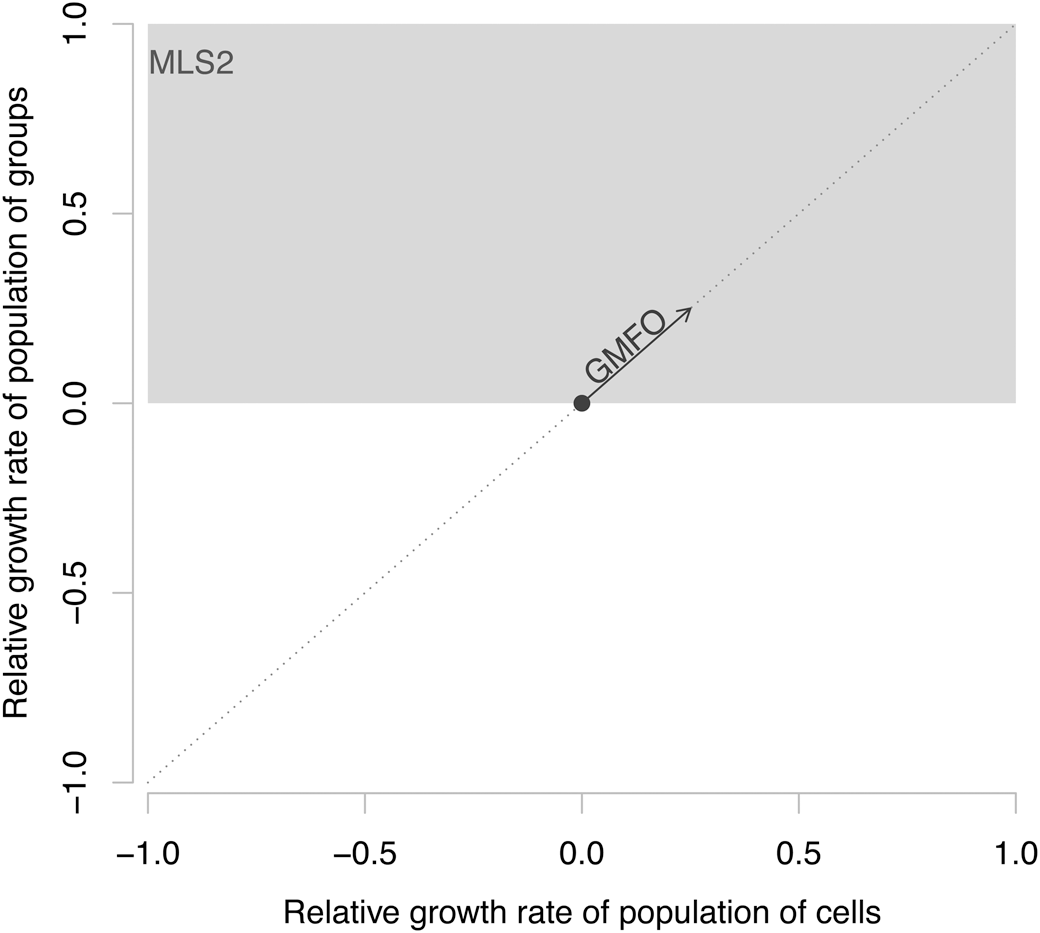Levels of selection and macroevolution in organisms, colonies, and species
Simpson, C., Halling, A., and Leventhal, S., 2024. Levels of selection and macroevolution in organisms, colonies, and species. Paleobiology. pp 1-9.

Molecular and fossil evidence suggest that complex eukaryotic multicellularity evolved during the late Neoproterozoic era, coincident with Snowball Earth glaciations, where ice sheets covered most of the globe. During this period, environmental conditions-such as sea water temperature and the availability of photosynthetically active light in the oceans-likely changed dramatically. Such changes would have had significant effects on both resource availability and optimal phenotypes. Here, we construct and apply mechanistic models to explore (i) how environmental changes during Snowball Earth and biophysical constraints generated selective pressures and (ii) how these pressures may have had differential effects on organisms with different forms of biological organization. By testing a series of alternate-and commonly debated-hypotheses, we demonstrate how multicellularity was likely acquired differently in eukaryotes and prokaryotes due to selective differences in the biophysical and metabolic regimes they experience: decreasing temperatures and resource-availability instigated by the onset of glaciations generated selective pressures towards smaller sizes in organisms in a diffusive regime and towards larger sizes in motile heterotrophs. These results suggest that changing environmental conditions during Snowball Earth glaciations gave multicellular eukaryotes an evolutionary advantage, paving the way for the complex multicellular lineages that followed.